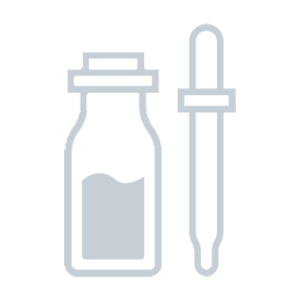Comparison between Beauty Of Joseon Ginseng Moist Sun Serum (SPF 50+ PA++++) vs. Cetaphil Daily Facial Moisturizer With Sunscreen SPF 35
- 44 components -
- 36 components -
Find out which product is better for your skin.
Ingredients in both products 8
Components only in Beauty Of Joseon Ginseng Moist Sun Serum (SPF 50+ PA++++) 36
Panax Ginseng (Ginseng) Root Extract, Dibutyl Adipate, Diethylamino Hydroxybenzoyl Hexyl Benzoate, Tinosorb S, Alcohol Denatured and 31 more. Show all.
Uniqueness: 81.8%
Components only in Cetaphil Daily Facial Moisturizer With Sunscreen SPF 35 28
Uniqueness: 77.8%
Face to Face
Components position by position
1
Water
1
Avobenzone
2
Panax Ginseng (Ginseng) Root Extract
2
Homosalate
3
Dibutyl Adipate
3
Octisalate
4
Diethylamino Hydroxybenzoyl Hexyl Benzoate
4
Octocrylene
5
Tinosorb S
5
Water
6
Alcohol Denatured
6
Glycerin
7
Acrylates Copolymer
7
Dipropylene Glycol
8
Butyloctyl Salicylate
8
Panthenol
Show others
Positive Effects
Find out what good effects the product has
Both products provide the following effects: Antioxidant, UV Protection, Moisturizing, Cleansing, Acne fighting, Pore Shrinking, Softening, Soothing, Anti-aging, Lightening, Elasticity improvement, Antiseptic, Deodorant, Regeneration, Hair conditioning, Hair structure improvement, Hair gloss, Hair protection
Effects unique for Ginseng Moist Sun Serum (SPF 50+ PA++++):
Hair follicle nutritionEffects unique for Daily Facial Moisturizer With Sunscreen SPF 35:
Lifting, Healing, Antistatic, Nutrifying, Antifungal, Hair growth stimulating-- Show more --
ECO Metrics
Find out how eco-friendly the components are
Vegan
No
No
Cruelty free
No
No
Reef safe
Yes
Yes
Ozone layer safe
Yes
Yes
Organic score
natural
8 out of 44
18%
chemical
22 out of 44
50%
natural
6 out of 36
17%
chemical
26 out of 36
72%
Concerns
Pay attention to this information
-- Extra information --
Components by Skin Type
Find out what components are good or bad for your skin type
Dry skin
Positive: 4Negative: 1
1,2-Hexanediol#28Glycerin#38Butylene Glycol#39Tocopherol#41Alcohol Denatured#6
Oily skin
Positive: 0Negative: 0
Sensitive skin
Positive: 0Negative: 1
Jasminum Officinale (Jasmine) Oil#23
Dry skin
Positive: 5Negative: 0
Glycerin#6Panthenol#8Palmitic Acid#211,2-Hexanediol#25Tocopherol#36
Oily skin
Positive: 0Negative: 4
Isopropyl Palmitate#10Glyceryl Stearate SE#15Stearic Acid#24Myristic Acid#33
Sensitive skin
Positive: 0Negative: 1
Citric Acid#32

